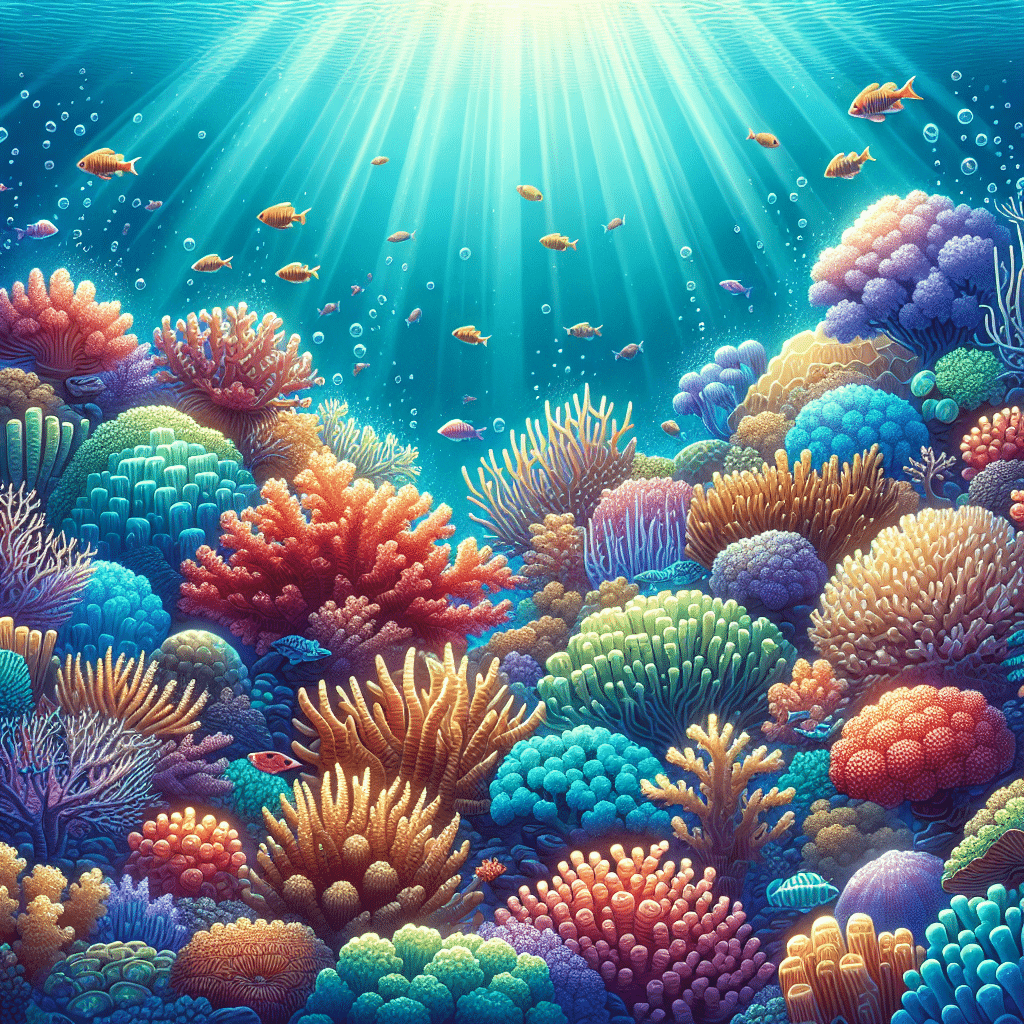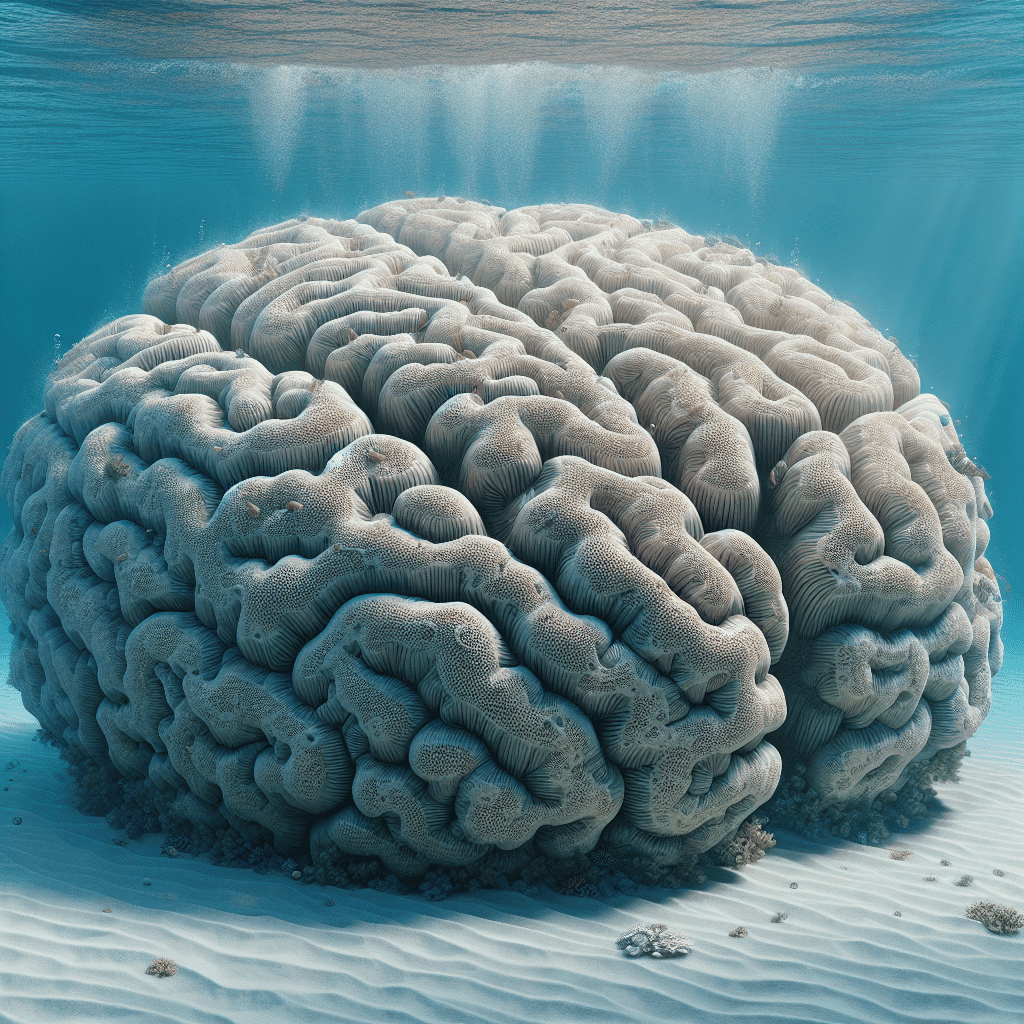Understanding Ricordea Corals
Introduction to Ricordea Corals
Ricordea mushrooms are a fascinating addition to any reef tank. I consider them beginner-friendly because they thrive in ideal conditions and are not highly susceptible to coral diseases like STN or RTN (Reef Chasers). It’s interesting to note that Ricordea are actually anemones rather than true corals. Their polyps are quite resilient and can handle low to moderate water flow. However, it’s crucial to maintain this flow level to prevent them from detaching from their plugs or fittings in the aquarium.
Types of Ricordea Corals
There are two main types of Ricordea that are popular among hobbyists: Ricordea florida and Ricordea yuma.
Ricordea florida is unique as it lacks a skeleton and can grow to about 7.5 cm in diameter. It exhibits a variety of colors, including purple, orange, green, blue, and yellow. The color variations often depend on factors like depth, temperature, and seasonal changes (Wikipedia). This species is typically found in the Atlantic Ocean, Caribbean Sea, and Gulf of Mexico, thriving in shallow waters, rocky areas, and pools, either solitarily or in small groups.
| Type of Ricordea | Characteristics | Habitat |
|---|---|---|
| Ricordea florida | Reaches 7.5 cm diameter, numerous colors | Atlantic Ocean, Caribbean Sea, Gulf of Mexico |
| Ricordea yuma | [Information pending] | [Habitat pending] |
I find that understanding these different types helps in deciding which Ricordea to include in my tank. Each type brings its own unique charm and care requirements, enhancing the diversity of the reef environment. For more coral options, check out our articles on corals and mushroom coral.
Care Tips for Ricordea Corals
Taking care of Ricordea corals can be a rewarding experience for any reef tank enthusiast. Here, I’ll share some essential care tips that I’ve found helpful for maintaining these beautiful corals.
Growth Rate of Ricordea
Ricordea corals are known for their moderate growth rate. Personally, I’ve noticed that they can increase in size by about 1 inch in diameter over the course of a year. This slow yet steady growth makes them suitable for various tank setups. For more information on their growth, check out Reef2Reef.
Lighting Requirements
These corals thrive in medium to high light conditions. Since they naturally grow in shallow waters, providing them with adequate light helps them display vibrant colors. Both Ricordea yuma and Ricordea florida do well under these lighting conditions. I’ve found that placing them in well-lit areas of the tank significantly enhances their appearance. For more details, you can refer to Tidal Gardens.
Water Flow Considerations
When it comes to water flow, Ricordea mushrooms prefer low to medium currents. Too much flow can prevent them from fully extending and may cause stress. If a Ricordea detaches from its substrate, placing it in a low flow area with some rubble can help it reattach naturally. I always make sure to monitor the flow in my tank to keep my Ricordea happy. More insights can be found at Tidal Gardens.
Water Quality and Sensitivity
Water quality is crucial for Ricordea corals, especially for Ricordea yuma, which is more sensitive compared to Ricordea florida. Maintaining stable water chemistry is essential for long-term success with these corals. I’ve learned that regular testing and adjustments can make a significant difference in their health. For detailed information on their water quality requirements, visit Tidal Gardens.
By following these care tips, I’ve been able to enjoy the beauty of Ricordea corals in my reef tank. They can be a stunning addition to any aquarium when cared for properly. If you’re interested in exploring more types of corals, check out our articles on corals like mushroom coral and brain coral.
Feeding Ricordea Corals
Feeding my ricordea corals is an essential part of their care. Understanding their preferences and how often to feed them can help keep them healthy and thriving.
Feeding Preferences
Ricordea corals are quite particular when it comes to food. They react to fine foods but usually won’t consume them. Instead, they prefer meatier options. Ideally, the food pieces should be about half the size of a mysis shrimp. This size makes it easier for them to capture and digest the food. Additionally, I’ve found that feeding amino acids can be beneficial for their overall health and reproduction Tidal Gardens.
| Food Type | Preference | Ideal Size |
|---|---|---|
| Fine Foods | No | N/A |
| Meaty Foods | Yes | Half the size of a mysis shrimp |
| Amino Acids | Beneficial | N/A |
Feeding Frequency and Quantity
When it comes to feeding frequency, I typically feed my ricordea corals two to three times a week. This schedule allows them to get the nutrients they need without overfeeding, which can lead to poor water quality. The quantity of food can vary, but I try to offer just enough so that they can consume it within a few minutes. Overfeeding can cause waste to accumulate in the tank, which isn’t good for the corals or other inhabitants.
For a more detailed look at feeding corals, check out our articles on xenia and mushroom coral.
| Feeding Frequency | Quantity |
|---|---|
| 2-3 times a week | Just enough to consume in minutes |
By keeping these feeding preferences and schedules in mind, I can ensure that my ricordea corals remain healthy and vibrant in my reef tank.
Specifics of Ricordea Yuma and Ricordea Florida
Habitat and Geographic Distribution
Ricordea corals are fascinating creatures found in different regions of the world. Ricordea yuma resides in the Indo-Pacific region, while Ricordea florida can be discovered in the Caribbean region (Tidal Gardens). Here’s a quick overview of their habitats:
| Species | Geographic Location |
|---|---|
| Ricordea yuma | Indo-Pacific region |
| Ricordea florida | Caribbean region |
Ricordea florida is particularly popular in the reef aquarium hobby due to its vibrant colors and unique appearance.
Unique Characteristics
Both Ricordea yuma and Ricordea florida have unique features that make them stand out. Ricordea florida is a coral without a skeleton, reaching up to 7.5 cm in diameter. This species displays a variety of colors, such as purple, orange, green, blue, and yellow, with the hues influenced by environmental factors like depth, temperature, and season (Wikipedia).
Here are some characteristics that make them special:
| Feature | Ricordea yuma | Ricordea florida |
|---|---|---|
| Skeleton | No | No |
| Maximum Diameter | Varies | Up to 7.5 cm |
| Color Variations | Limited | Purple, orange, green, blue, yellow |
| Sensitivity to Water Quality | More sensitive | Less sensitive |
Ricordea florida is known for its distinct aesthetic, featuring a uniform mat of short, bubble-like tentacles that cover its body, making it a beloved choice among coral enthusiasts (Tidal Gardens).
Reproduction in Ricordea Corals
Reproduction in Ricordea corals can occur through both sexual and asexual means. In asexual reproduction, these corals can divide or bud, allowing them to increase their population in a given area. This is particularly effective in environments where conditions are suitable for growth.
Sexual reproduction involves the release of gametes into the water, where fertilization occurs. Factors such as water quality and environmental stability play a significant role in successful reproduction, especially for Ricordea yuma, which is more sensitive to changes in water chemistry compared to Ricordea florida (Tidal Gardens).
If you’re looking to add some flair to your reef tank, Ricordea corals, with their stunning colors and unique forms, are definitely worth considering for any coral collection. For more coral options, check out our pages on brain coral, mushroom coral, and zoanthids.



